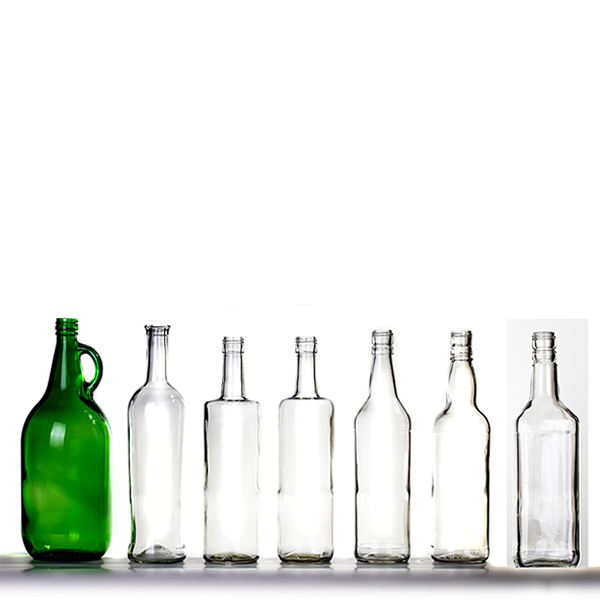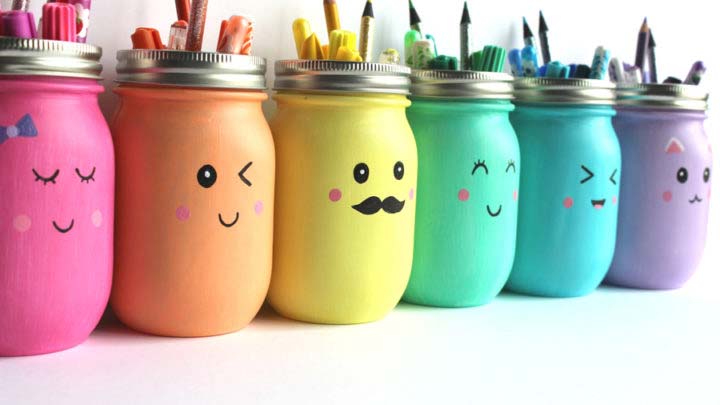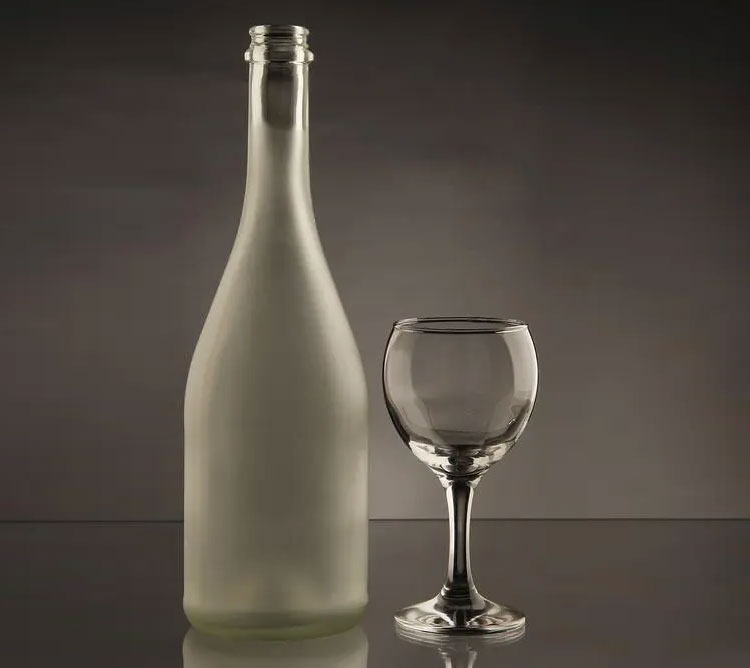Whether a cosmetic is a best-seller depends not only on its product efficacy, but also whether its appearance design can attract consumers’ attention in the first place. However, many cosmetics brands know little about packaging materials when choosing product packaging. How to make your brand catch the attention of customers in the first place requires undoubtedly choosing the right packaging material and perfect design.
Advantages of glass bottles
Among cosmetic packaging materials, glass bottles are increasingly recognized by the market because of their remarkable features. This is mainly because using glass bottles has the following benefits:
- The glass material is lead-free and harmless, and has good barrier properties. It can well prevent various gases from oxidizing and corroding the objects inside the bottle, and at the same time, it can effectively prevent the volatilization of volatile components of the objects inside.
- Glass bottles can be recycled and used multiple times, which reduces packaging costs for enterprises and is also beneficial to environmental protection.
- The glass texture is transparent, and the interior material texture is clearly visible. The “appearance + effect” conveys a high-end feeling to consumers.
- Glass bottles are safe and hygienic, non-toxic and harmless, have good corrosion resistance and acid corrosion resistance, and have special packaging advantages for the cosmetics industry.
Application of glass bottles in cosmetics (cream bottles, essences, toners, essential oil bottles)
Glass bottles are mainly used in cosmetics: skin care products (creams, lotions), foundation, perfume, essential oils, and nail polish. Those with a capacity greater than 200ml are rarely used in cosmetics.
Glass bottles are divided into wide-mouth bottles and narrow-mouth bottles.
Solid pastes generally use wide-mouth bottles, which should be equipped with electric aluminum caps or plastic caps. The bottle caps can be used for color spraying and other effects, such as cream bottles, facial mask bottles and other commonly used jars;
Emulsions or aqueous pastes generally use narrow-mouth bottles, and should be equipped with a pump head. If equipped with a lid, an inner plug is required to prevent leakage. Aqueous liquids are equipped with a small hole inner plug, and thicker emulsions are equipped with a large hole inner plug. .
Essential oil bottles are usually brown or colored frosted to protect them from light. The lids have safety rings and can be equipped with inner stoppers or droppers. Perfume bottles are usually equipped with delicate spray pump heads or plastic lids.
The combination form is as follows:
- Cream bottle series: glass bottle body + double-layer plastic outer cover (generally capacity is 10g-50g)
- Essence series: glass bottle + plastic pump head or anodized aluminum pump head (generally capacity is 20 to 100ml)
- Toner series: glass bottle + plastic inner stopper + outer cap (above 100ml, there are also types with pump heads)
- Essential oil bottle series: glass bottle body + inner plug + large cap or plastic head + dropper + anodized aluminum cap
Cosmetic glass bottle processing technology
coloring process
- Anodized aluminum: The aluminum exterior is wrapped with a film on the inner plastic.
- Electroplating (UV): Compared with spraying, the effect is brighter.
- Spraying: Compared with electroplating, the color is dark and matte.
Spraying outside the inner bottle: Spraying is done on the outside of the inner bottle. From the outside, there is an obvious gap between the outer bottle and the outer bottle. The spray area is small when viewed from the side.
Inner spraying on the outer bottle: Inkjet printing is carried out on the inside of the outer bottle. The area looks larger from the outside, but smaller in the vertical plane, and there is no gap with the inner bottle.
- Brushed gold-coated and silver-coated: It is actually a film. If you look closely, you can find the connecting gaps on the bottle.
- Secondary oxidation: Secondary oxidation is carried out on the original oxide layer, so that the glossy surface is covered with a dark matte pattern or the dark matte surface appears with a glossy pattern. It is mostly used for the production of logos.
- Injection molding color: Toner is added to the raw materials during product injection molding. The process is relatively cheap. Pearl powder can also be added. Adding white powder will turn the transparent color of PET into an opaque color.
Printing process
- Silk screen printing: One is high-temperature ink screen printing, which is characterized by not easy to fade, the color is dull, and it is difficult to achieve purple color toning. The other is low-temperature ink screen printing, which has brighter colors and higher requirements for inks. Otherwise, It is easy to fall off, and care should be taken when sterilizing the bottle.
- Hot stamping: A thin layer of paper is hot stamped on top, so there is no uneven feeling like silk screen printing.
It is best not to apply hot stamping directly on PE and PP materials. You need to perform heat transfer first and then hot stamp. Or if you have good hot stamping paper, you can also hot stamp directly.
- Water transfer printing: It is an irregular printing process carried out in water. The printed texture is inconsistent and the price is more expensive.
- Thermal transfer printing: Thermal transfer printing is mostly used for products with large quantities and complex printing. It attaches a layer of film to the surface and is relatively expensive.
- Offset printing: mostly used for aluminum-plastic hoses and all-plastic hoses. If the offset printing is a colored hose, you must use silk screen printing when making it white. The background color of the offset printing will show through, and sometimes a layer of bright film will be attached to the surface of the hose. Or matte film.

Ordering and shipping of cosmetic glass bottles
The production cycle of glass bottles is longer, and it can take up to 20 days at the earliest. Some delivery times take 45 days. The general order quantity is 5,000 to 10,000. The smaller the bottle, the greater the quantity. The cycle and the minimum order quantity will be different. Affected by peak season and off-season. During transportation, they should be packed with paper or bubbles and separated individually. They should be equipped with inner supports and middle boxes to better protect against shock.













